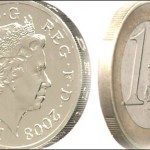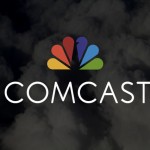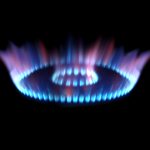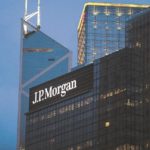The Nestle SA this year bet on “cell methodology” tool that analyzes 1,000 distinct business units, or “cells,” across the 194 countries in which it operates, to help decide which ones should get more or less investment. The company needs to look deeper among businesses to find the reason for four quarter struggling sales.
The coffee and frozen food maker said on Aug. 8 that it’s “actively looking” at its 8,000 brands and is seeking to identify the weak spots after posting its lowest quarterly revenue growth in four years. Nestle has said it will be difficult this year to meet its long-term forecast for annual sales growth of 5% to 6%, hurt by hesitating emerging markets, European weakness and sluggish performances from its diet products, water and frozen meals.
“We’re talking surgery, not amputation,” Thomas Russo, a partner at Gardner Russo & Gardner and a Nestle investor since 1987, said in a phone interview for Bloomberg. “They allocate capital to businesses with high-return prospects, and you would think that those starved of capital would end up being potentially available for sale. I would support that.”
This year company had to sale infant-nutrition licenses in Australia and Africa which was its biggest publicly disclosed divestment of a food-related asset since the 1997 sale of a canned tomato business to Del Monte Foods Co. for $197 million, according to data compiled by Bloomberg. In contrast, Unilever has sold Skippy peanut butter for $700 million and Wish-Bone salad dressings for $580 million this year alone.
Nestle’s frozen-food unit has also come under pressure, because of a growing perception among U.S. consumers that frozen meals are less healthy than fresh fare. Sales of frozen dinners like Lean Cuisine “continue to struggle for growth” in 2013, the company said this month.
Nestle has responded by banding together with frozen-food makers like ConAgra Foods Inc. to improve the perception of their products, and is also building a $53 million research and development center in Ohio. Innovations introduced so far have not moved the needle, Nestle has said.
Nestle is also holding PureLife label which is the worlds biggest. Nestle’s bottled-water business gets about 80% of its 7.2 billion Swiss francs ($7.7 billion) of annual sales from North America and Europe while profit margin from the brand is half of what Nestle earns from other units.
“It is possible they would want to put all their focus behind Pure Life and ditch North American regional brands like Arrowhead and Deer Park”, said James Targett, an analyst at Berenberg Bank.
Nestle’s share of the $22 billion North American bottled water market declined to 22% in 2012 from 24 percent in 2010, according to data tracker Euromonitor.





